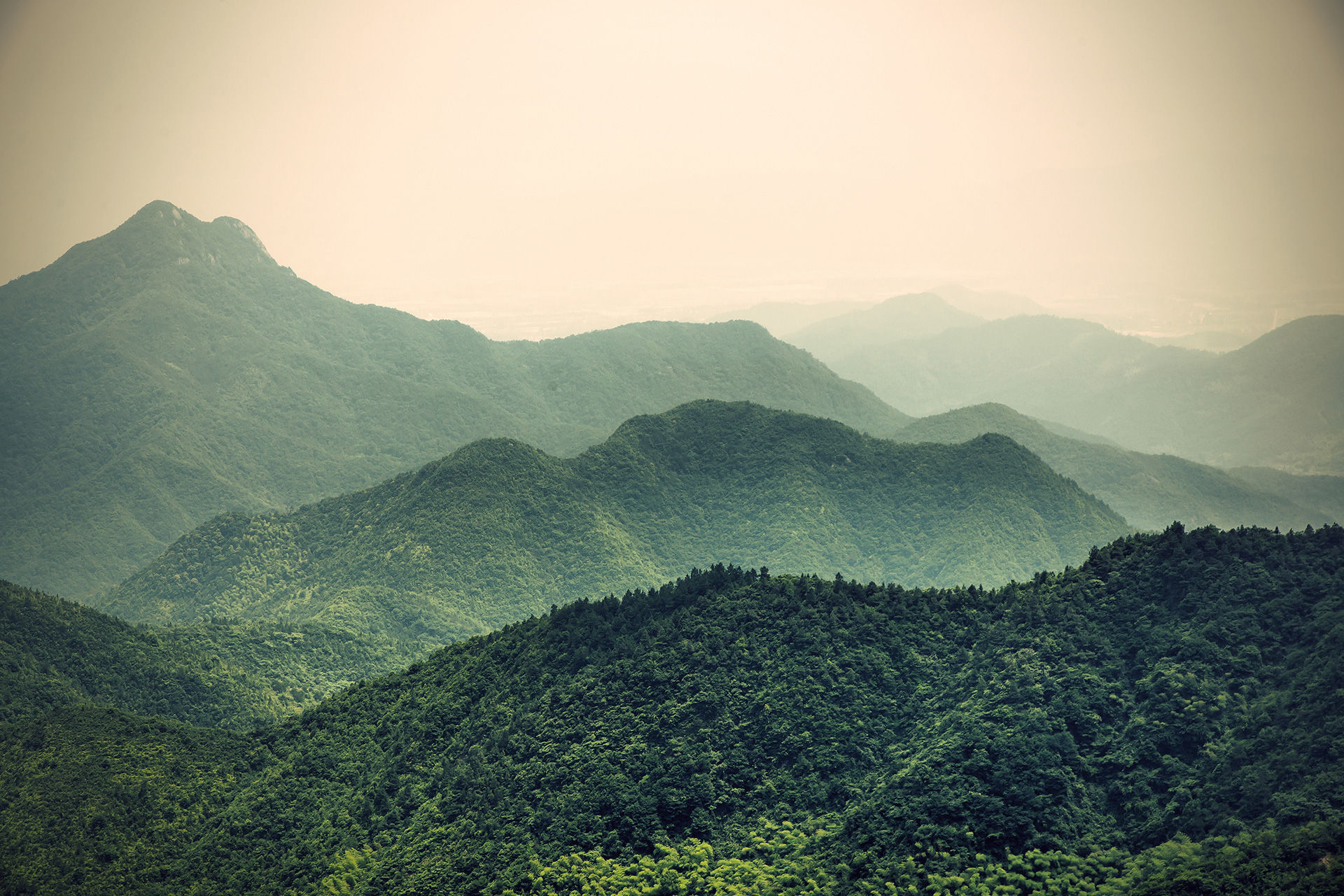

The organisation was started in 1978 by the founder Mr. K. John and began as simply a sports club for the tribal youngsters of his village. He himself was only nineteen at the time.
John, the director of the association then, is not from the tribal community himself but was born and brought up in the area. His mother received a great deal of help and warmth from the tribal people when she was left alone to raise young children, and hence force a close bond developed.
In regards to the club, initially it had only eight members, and their sporting attire consisted of old trousers that had been cut short to use as shorts. They concentrated on volleyball to begin with as it didn't require too much expensive equipment, and hence their popularity spread rapidly until they had affiliated branches in seven of the surrounding villages.
Makeshift dust courts sprang up in even the smallest of settlements and they organized tournaments whenever they could afford to do so, relying solely on the income from John's small dairy farm and whatever wealthier locals could be persuaded to give.
The present association was registered in 1987 when it also received the first permission to bring in foreign funds. It evolved naturally from the youth club which had become a forum for the discussion of the many social and economic problems of the tribal community. The board is composed entirely of local tribal people. The organization began to petition government on their behalf and they had many good ideas for the betterment of their own community but no money with which to put these into practice, and no access to any source of funding. Unfortunately they were the sort of group that the larger donors often seem unable to reach.
The Mudumalai National Park and Wildlife Sanctuary also a declared tiger reserve, lies on the northwestern side of the Nilgiri Hills (Blue Mountains), in Nilgiri District, about 150 kilometres (93 mi) north-west of Coimbatore city in Tamil Nadu. It shares its boundaries with the states of Karnataka and Kerala. The sanctuary is divided into five ranges – Masinagudi, Thepakadu, Mudumalai, Kargudi and Nellakota.
The protected area is home to several endangered and vulnerable species including Indian elephant, Bengal tiger, gaur and Indian leopard. There are at least 266 species of birds in the sanctuary, including critically endangered Indian white-rumped vulture and long-billed vulture.
The Western Ghats Nilgiri Sub-Cluster of 6,000 square kilometres (2,300 sq mi), including all of Mudumalai National Park, is under consideration by the UNESCO World Heritage Committee for selection as a World Heritage Site.[3]
There are five types of tribe in this area and they are some of the most unprivileged and exploited groups in India. Originally hunter-gatherers were settled after Independence but were not provided with any basic facilities within their hamlets or given any means of earning a living. Increasing restrictions on access to the forest have reduced their traditional sources of income from the sale of forest produce, cow dung, etc. Most are dependant on seasonal labouring and herding work as it pays well. For generations whole families have endured a particularly exploitative relationship with the wealthier land and cattle owning caste.
